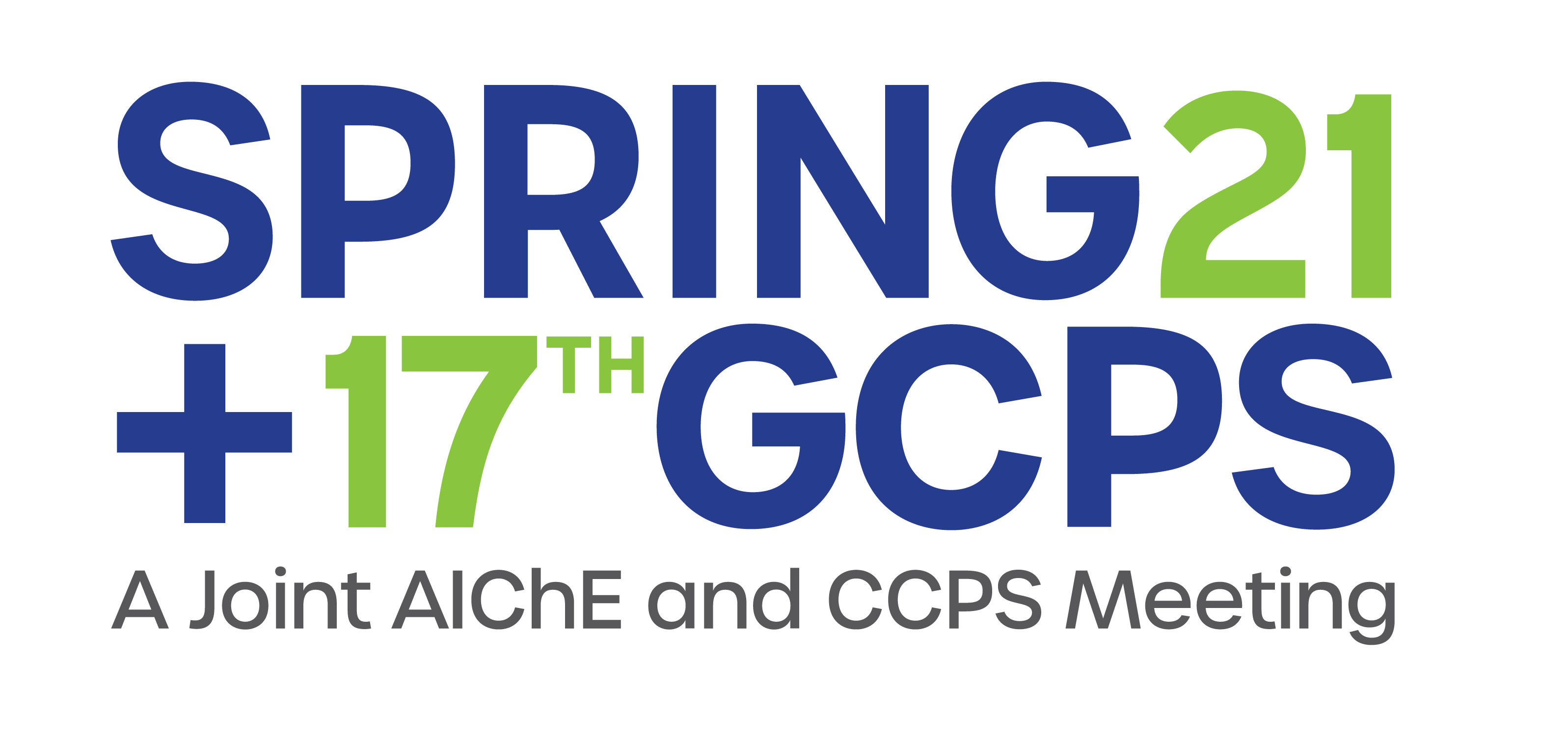

It was in the early morning hours of May 16, 2012 when a thunderstorm rolled into the Bristol, Pennsylvania plant where The Dow Chemical Company produced acrylic polymers. As the weather turned stormy, lightning struck in the tank farm area containing inhibited ethyl acrylate, butyl acrylate, and methyl methacrylate. Within seconds, an ethyl acrylate tank exploded and was followed a few minutes later by a butyl acrylate tank explosion. The explosions and ensuing fire damaged the tank farm and led to a lengthy shutdown; fortunately, there were no injuries. This paper details the investigation into the complex sequence of events that led to the two explosions. The investigation team evaluated data gathered from eyewitnesses, security system cameras, weather services, and the process control system. The team also analyzed physical evidence including electrical bonding and grounding systems, deflagration arresters, and various tank components. Although the adjacent ethyl and butyl acrylate tanks were involved in the event, the investigation did find that flame isolation devices functioned as intended and prevented the propagation of flames to surrounding processes via the interconnected venting system. However, there was a puzzle left to unravel. The tank installations were determined to be in compliance with the industry lightning standards NFPA 780, NFPA 545, and API 2003. If the tanks met industry standards, how did the explosion happen? While the exact mechanism could not be determined with certainty, the ignition of the atmosphere in the ethyl acrylate tank most likely occurred from a spark discharge inside the tank’s headspace, likely between internal components at different electrical voltage potentials. This type of mechanism could invalidate the Faraday Cage assumption inherent in current industry guidance and may represent a hazard that is not currently well-recognized in industry. It should also be noted that, while lightning can’t be prevented, the outcome of a lightning strike can also be mitigated by the use of safeguards such as inertion, flame arresters, diking, and foam systems.
Presenter(s)
Once the content has been viewed and you have attested to it, you will be able to download and print a certificate for PDH credits.
If you have already viewed this content,
please click here
to login.
Language
Pricing
Individuals
| AIChE Member Credits | 0.5 |
| AIChE Pro Members | $19.00 |
| AIChE Graduate Student Members | Free |
| Safety and Health Division Members | Free |
| AIChE Undergraduate Student Members | Free |
| AIChE Explorer Members | $29.00 |
| Non-Members | $29.00 |
